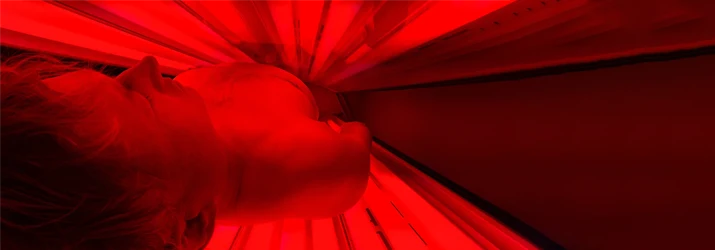Author: Arctic Chiropractic | Published: August 27, 2025

In recent years, there has been a surge of interest in alternative therapies for various health conditions, and one that has gained considerable attention is red light therapy (RLT) in Wasilla AK. Also known as low-level laser therapy (LLLT) or photobiomodulation (PBM), red light therapy involves exposing the body to low levels of red or near-infrared light. While it may sound like something out of a science fiction novel, the therapeutic potential of red light has been extensively studied and is increasingly being recognized by medical professionals. Let's delve into the fascinating world of red light therapy, exploring its mechanisms, benefits, and applications.
Red light therapy operates on the principle of photobiomodulation, which involves using specific wavelengths of light to stimulate cellular function. Unlike ultraviolet (UV) light, which can be harmful in high doses, red and near-infrared light have longer wavelengths and lower energy levels, making them safe for therapeutic use. These wavelengths penetrate the skin and are absorbed by cells, where they trigger various biological responses.
The precise mechanisms by which red light therapy exerts its therapeutic effects are not fully understood, but researchers have proposed several theories. One prominent hypothesis is that red and near-infrared light stimulate the mitochondria, the powerhouse of the cell, to produce more adenosine triphosphate (ATP), the molecule that provides energy for cellular processes. This increased ATP production can enhance cellular metabolism and promote tissue repair and regeneration.
Additionally, red light therapy has been shown to modulate inflammation and oxidative stress, two processes that play crucial roles in many chronic diseases and conditions. By reducing inflammation and oxidative damage, red light therapy may help alleviate symptoms and promote healing in various tissues throughout the body.
The potential benefits of red light therapy are diverse and far-reaching, encompassing both physical and mental health. While research is ongoing, preliminary studies and anecdotal evidence suggest that red light therapy may offer the following advantages:
Physical Benefits:
Mental Health Benefits:
Red light therapy can be administered in various settings, including clinics, spas, and even in the comfort of your own home with the use of specialized devices. Some common applications of red light therapy include: